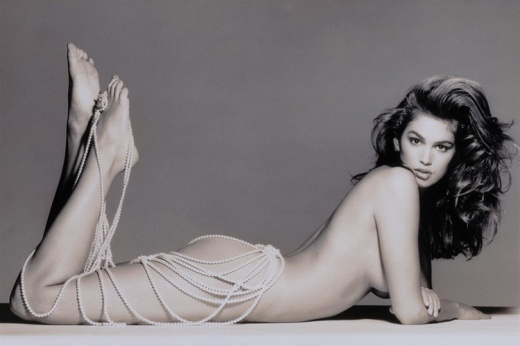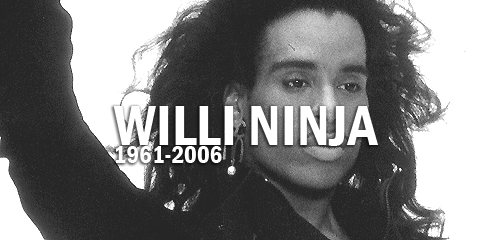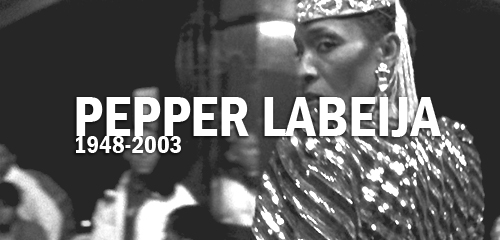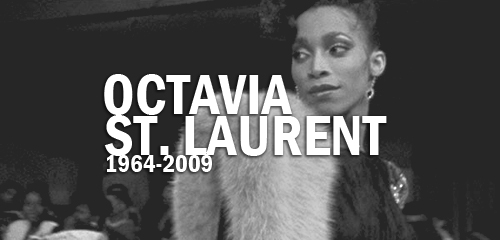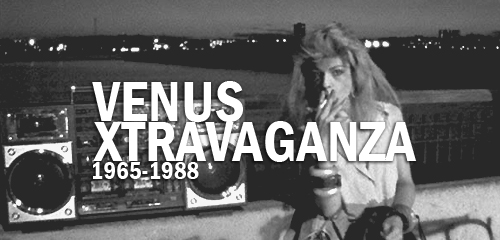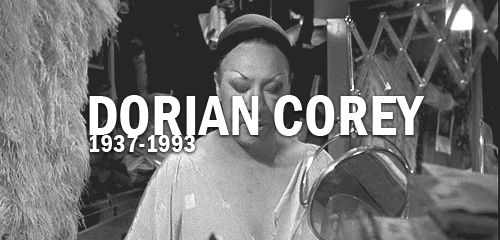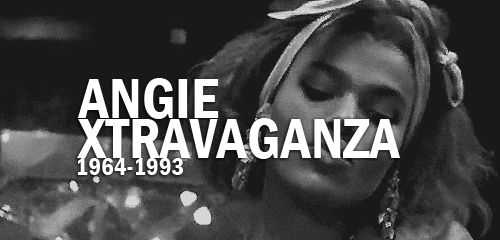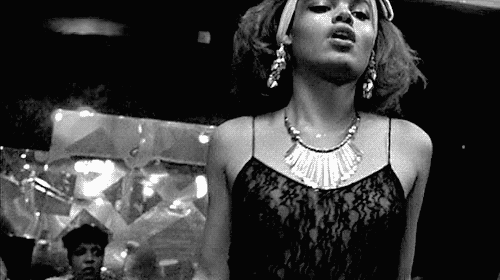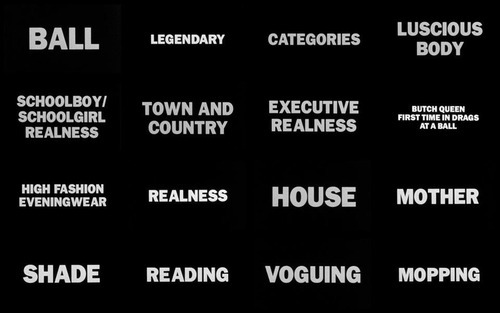Who are these stores target market? Describe the customers you see at the outlets visited. Pay close attention to their age, gender, style of dress.
Dover Street Market: The customers of Dover Street Market know about the brands, you don’t need to acknowledge them a lot. The age group was 16-55; it’s a mix of high and street fashion, niche, trendy and knowledgeable in fashion and trendsetter.
Bond Street: People with money are their customers; they are trying to sell their dreams, their story, heritage, luxury quality and seamless service to their customers. It’s very difficult to mention the age group for certain types of stores, because with that traits of customers, it could go from baby luxury clothes, for instance, baby Dior in Christian Dior flagship store on Bond Street; to a show piece or statement piece for the age group of 20s+ who to be part of a lifestyle elites because luxury is also selling the concept of quality lifestyle.
How does your sensual experience of the store (sight, hearing, touch, smell and on occasion taste) relate to the experience you think this store wants their customers to have?
Dover Street Market: It was a mix of fashion and lifestyle; at the same time they promote new labels as well. The whole building was full with detailed story-telling decoration and the top floor has a café. It was very engaging for customer who wanted to spend some time in the store, relax for a cup of coffee and continue shopping. The store is owned by Comme des Garcon, Rei Kawakubo. Therefore, the store has contained some of the Japanese brands like Undercover and Head Porter, etc. As Dover Street Market has a few other branches in the other countries, they have a similar tone of voice. The decoration of the shop was a mix with contemporary and shaby-chic elements under French music and the same as in their Tokyo Ginza branch. In both London and Tokyo branches, they have recruited western or European staffs; the reason is they have a mixed race of customers. Other than clothing, accessories, bags and shoes, etc, they also sell eyewear, perfume, soaps and a home supplies in the basement section. As I know Dover Street Market is owned by Comme des Garcons, I have already imagined the store will have strong story telling atmosphere background because this is the strength of Japanese culture.
Bond Street: The stores on Bond Street were more personal and one to one relationship experience, it was more focus and individual for certain fashion style you are looking for. The whole store will include their own iconic elements; it is expected for great quality and services. For instance, you will expect the grey color in the shop and the designer’s philosophy in Dior; Louis Vuitton’s logo all around with the shop in order to construct the brand identity; and Coco Chanel’s big portraits with the interior design that have a sense of the designer.
How does the shopping environment communicate a sense of identity about the brand through its designed space (and architecture), through to how the clothing is displayed? How do customers navigate and interact with the space?
Dover Street Market: Once again, as this is owned by Comme des Garcons, the brand itself is included on each single floor. This has given me a feeling of brand familiarity, which surrounded by the brands that are chosen by Kawakubo. When I was in the store I felt her voice was speaking to me, in terms of what she sees and her values in other brands. Even the products the buyers have chosen were suited for their customers.
Regarding to spaces and interactions for customers, it was a very fun experience because they have set the story for each brands to speak in their own brand language but at the same time they merged into the whole shop.
Bond Street: When you walk into the luxury’s boutique, there will always be security and the attention from the staffs. This type of service makes the clients feel special and important. They are trained to offer you a drink and remember your name, and even giving you a bonded relationship with concerns of your life from small talks. You could see there are always luxury sofa, benches and chairs in these boutiques, in order to create a comfortable environment for their clients in the emotional shopping atmosphere.
How do customers ‘perform’ their shopping experience?’
Dover Street Market: It was relax and casual, they have made an atmosphere for customers to feel free to shop there without pressure. They have also recruited staffs with variety of styles in order to communicate with different clientele.
Bond Street: Mentioned in the above
How is the physical store connected to its online presence?
Dover Street Market: The website is very minimal, which could allow different brands to express their own language, it was easy to search items you look for, whereas the store was more engaging with different elements like fashion and lifestyle experiences.
Bond Street: As shops on Bond Street are individual brands, their websites contained a strong brand story and atmosphere, videos from their fashion shows, Hollywood stars spokesperson for the brand would appear on such websites.
Rationale:
The trend has been inspired by the street and lifestyle. Although there is a trend book in every season for forecasting trends, in these few years, designers have been mixing luxury with street fashion. For instance, one of the elements of the season is velvet, it is a very comfortable fabric with a matte-shine texture under different lightings; having said that, the direction of the trend is evolving a comfy and renaissance kind of concept.
Even high street stores like Topshop, Zara etc, they all look up to the outputs of high luxury store. For instance, Zara is owned by a Spanish owner namely Amancio Ortega (who has overtake Bill Gate with a 6-billion fortune). The reason for his success is that he had provided fashion and lifestyle for the people from lower to middle class and to a mass population. This phenomenon portrays the desire of fashion and lifestyle choices for certain groups of customers.
Going back to the trend, from the history until this 21st century, other than having garments as practical functions, trends have always been connected with regime of the society, traits of identities, values, taste and how you express in a certain way.
Although black is boring but it will always be a timeless color with a sense of calm and coolness; playing with different colors express different moods and seasons; textures, the way the fabric drapes, knitwear, etc., they all have different expressions for different purposes. Other than colors, minimalistic is one of the main themes for the trend within these years, it allows wearer to feel the freedom to express and emphasis their true character; whereas complex and sophisticated design provide a specific character for certain people.
As technology is growing fast within the years, resources are transparent. Other than solely mention about trends, designers are one of the key conversations in the fashion world, because “who” design has become more important and interesting than before. For instance, how did the designer begin, who he/she surrounded with, their morality, story, lifestyle, taste, where did they study, the craftsmanship, history and the philosophy, they have all came as a whole and became the trend.
Bibliography:
Lee, O. (2016). Fashion Retail Visit. [image].
The Sun, (2016). WORLD’S RICHEST MAN Spanish owner of high street store Zara overtakes Bill Gates with a £6 billion fortune. [online] Available at: https://www.thesun.co.uk/news/1758883/spanish-owner-of-high-street-store-zara-overtakes-bill-gates-with-a-6-billion-fortune/ [Accessed 7 Nov. 2016].






























































































